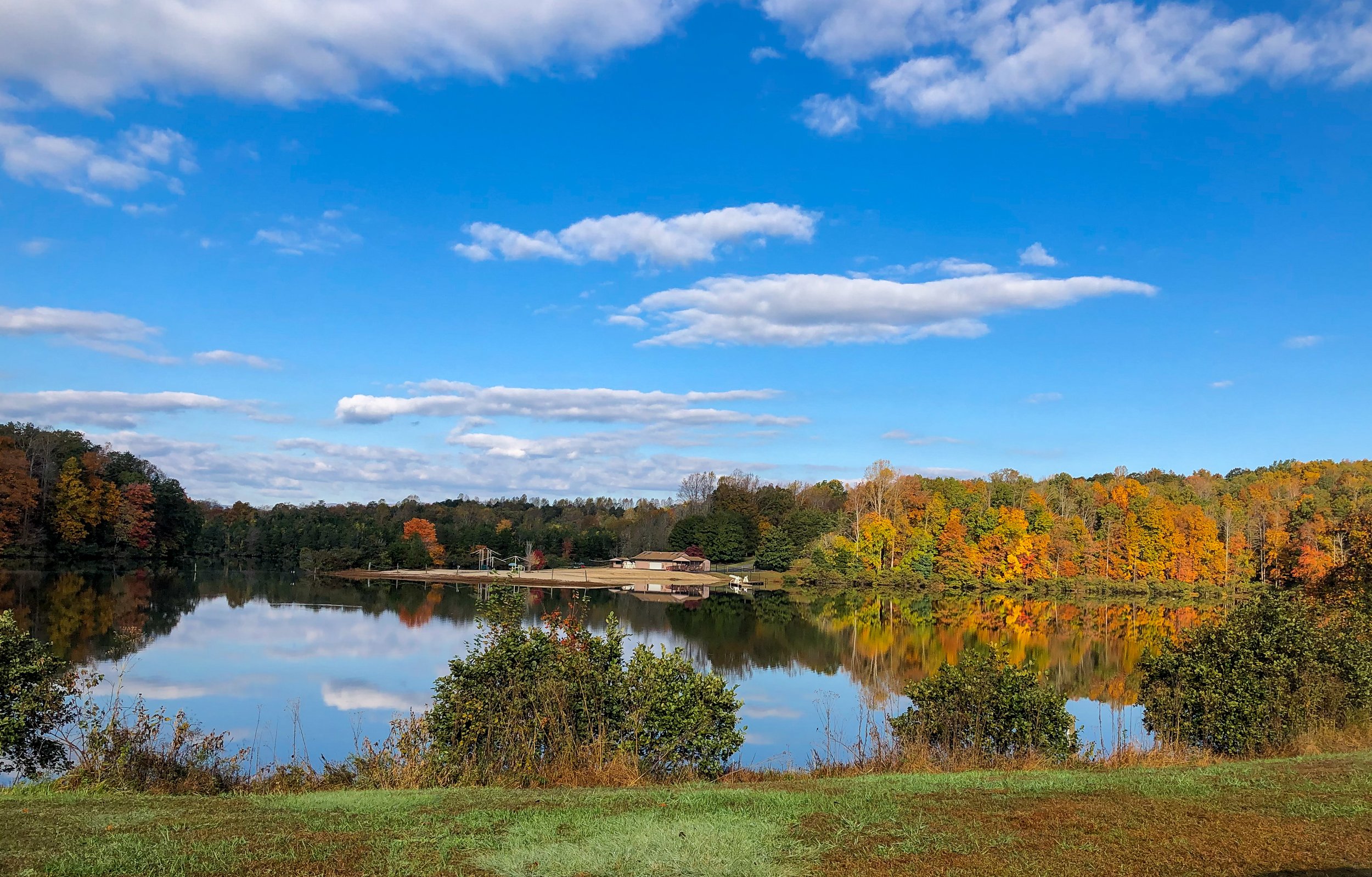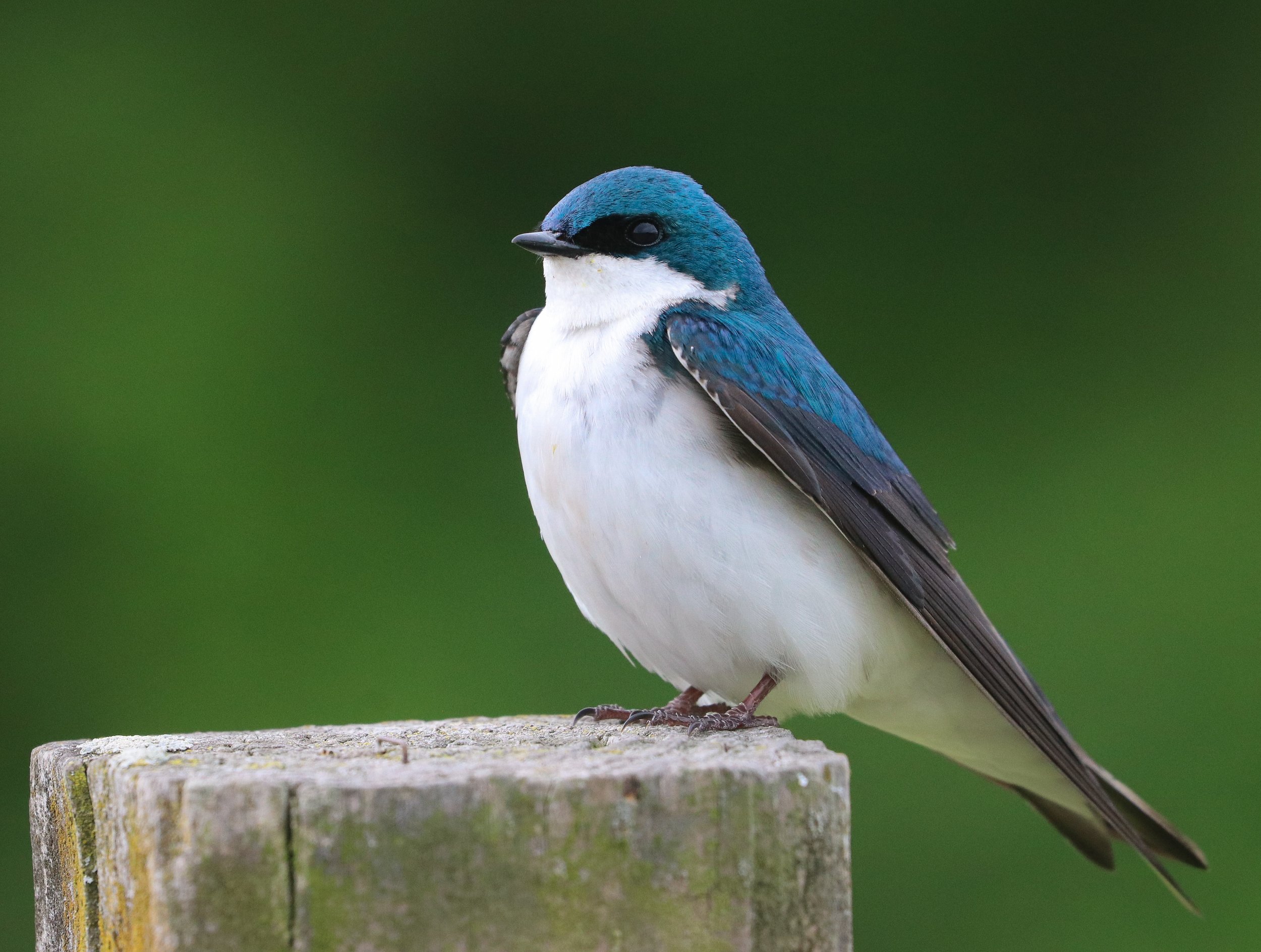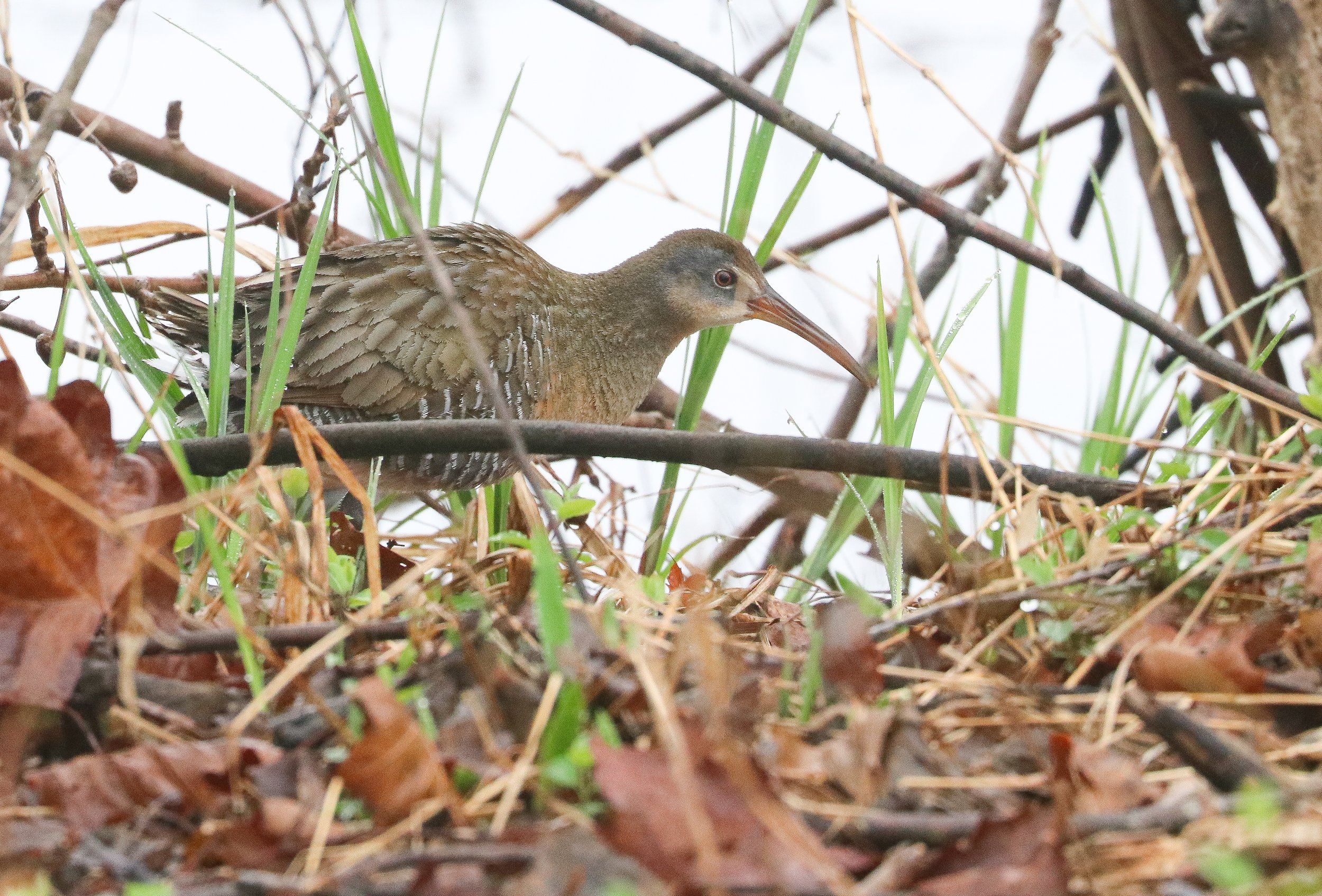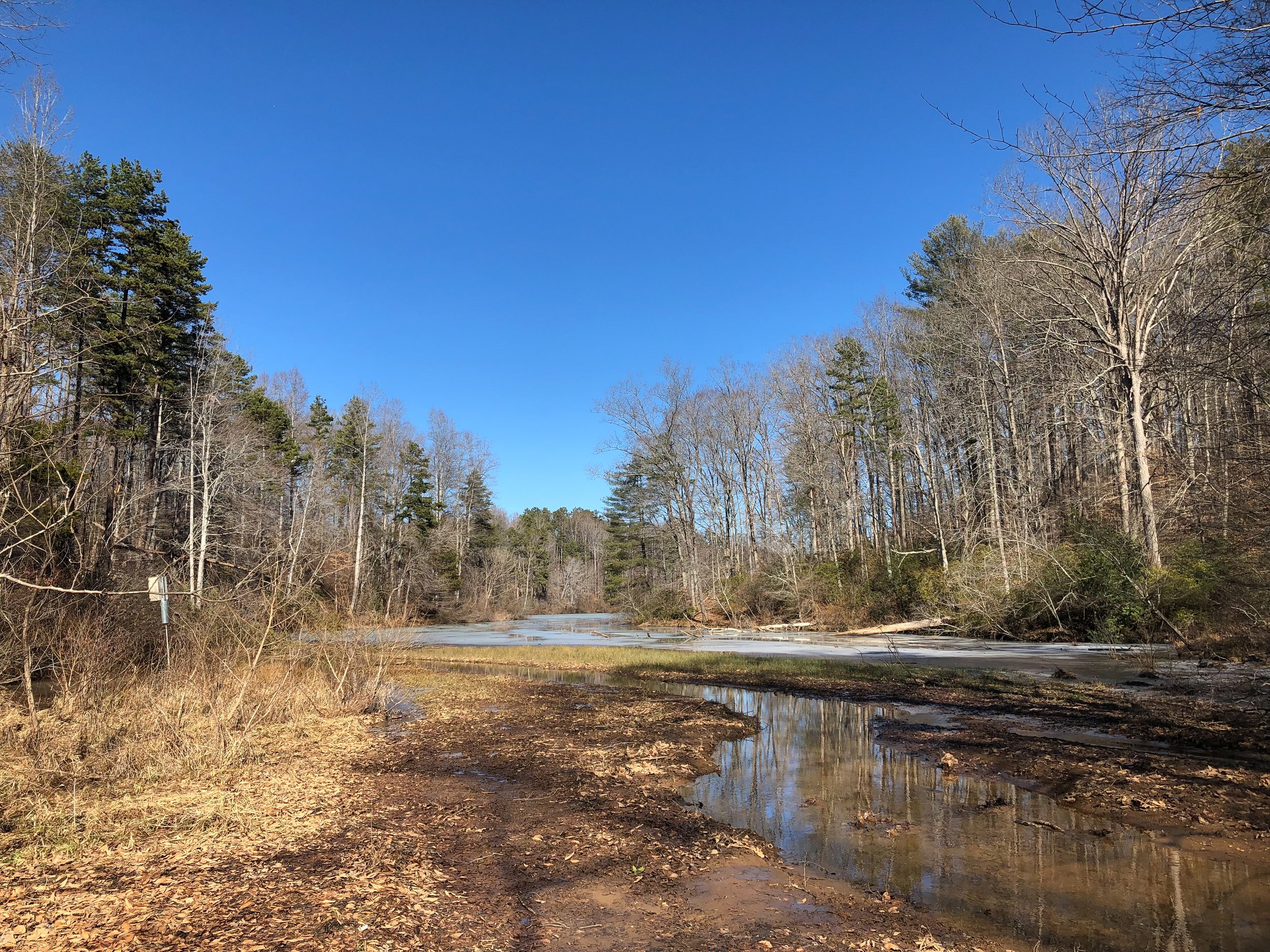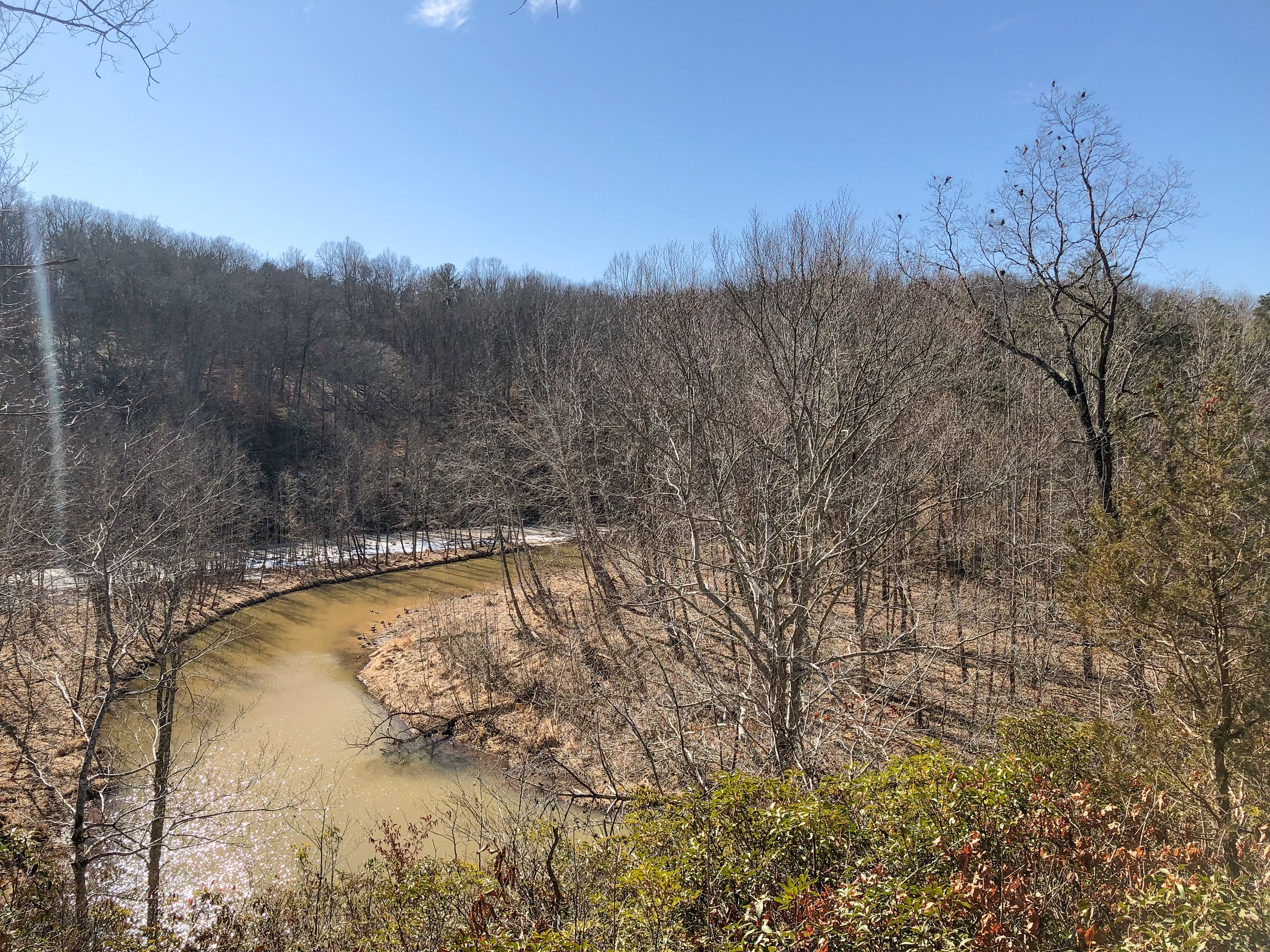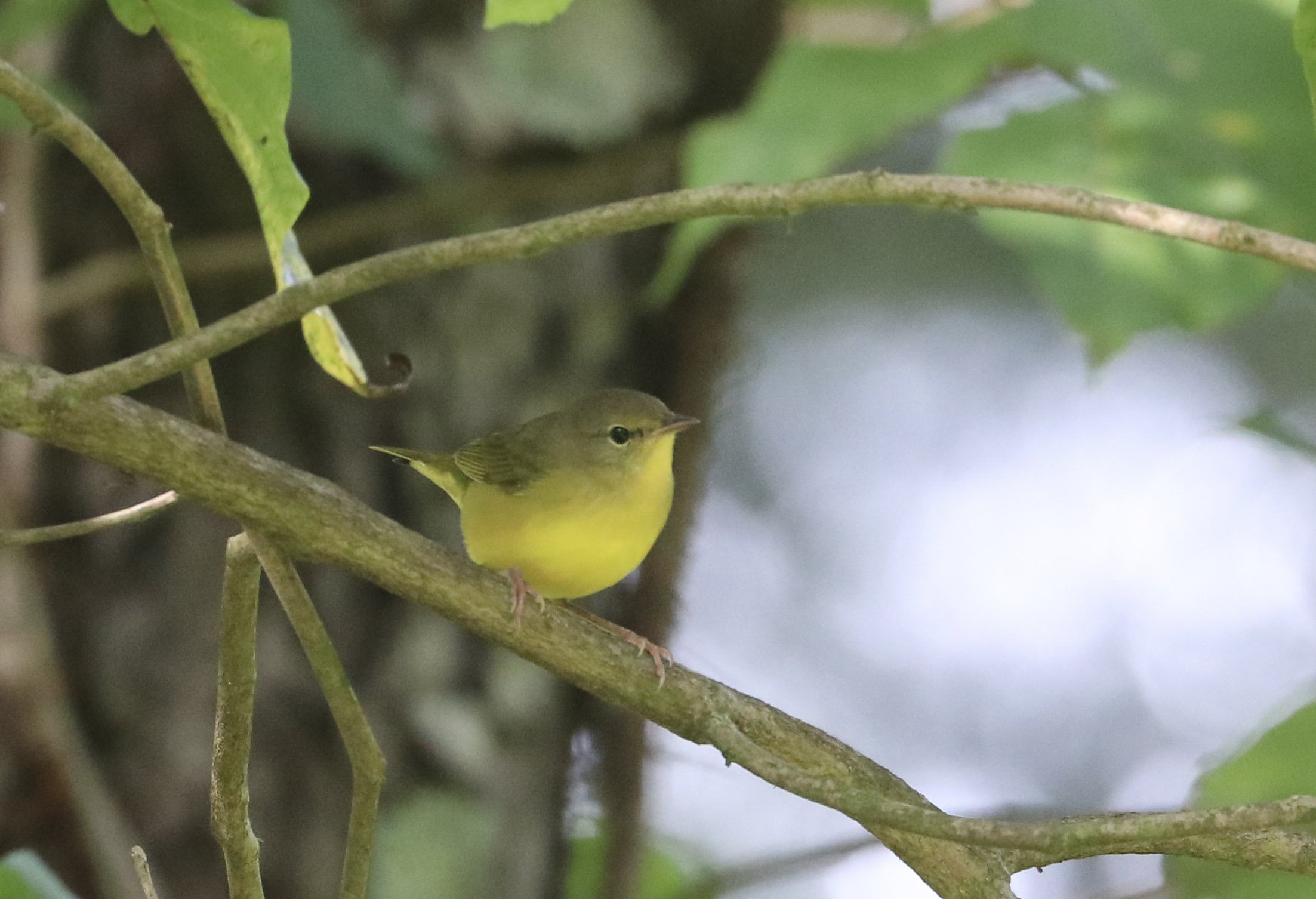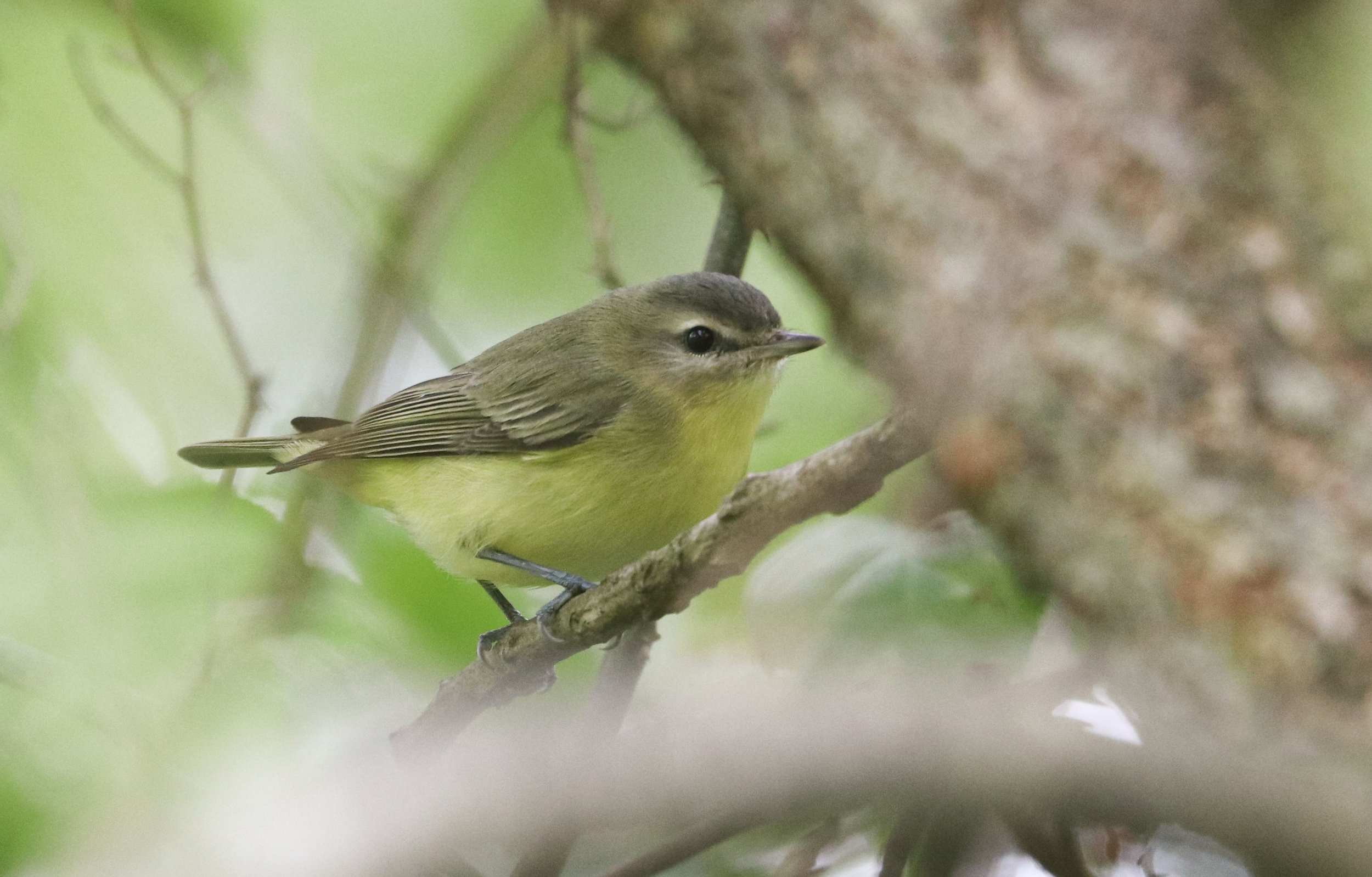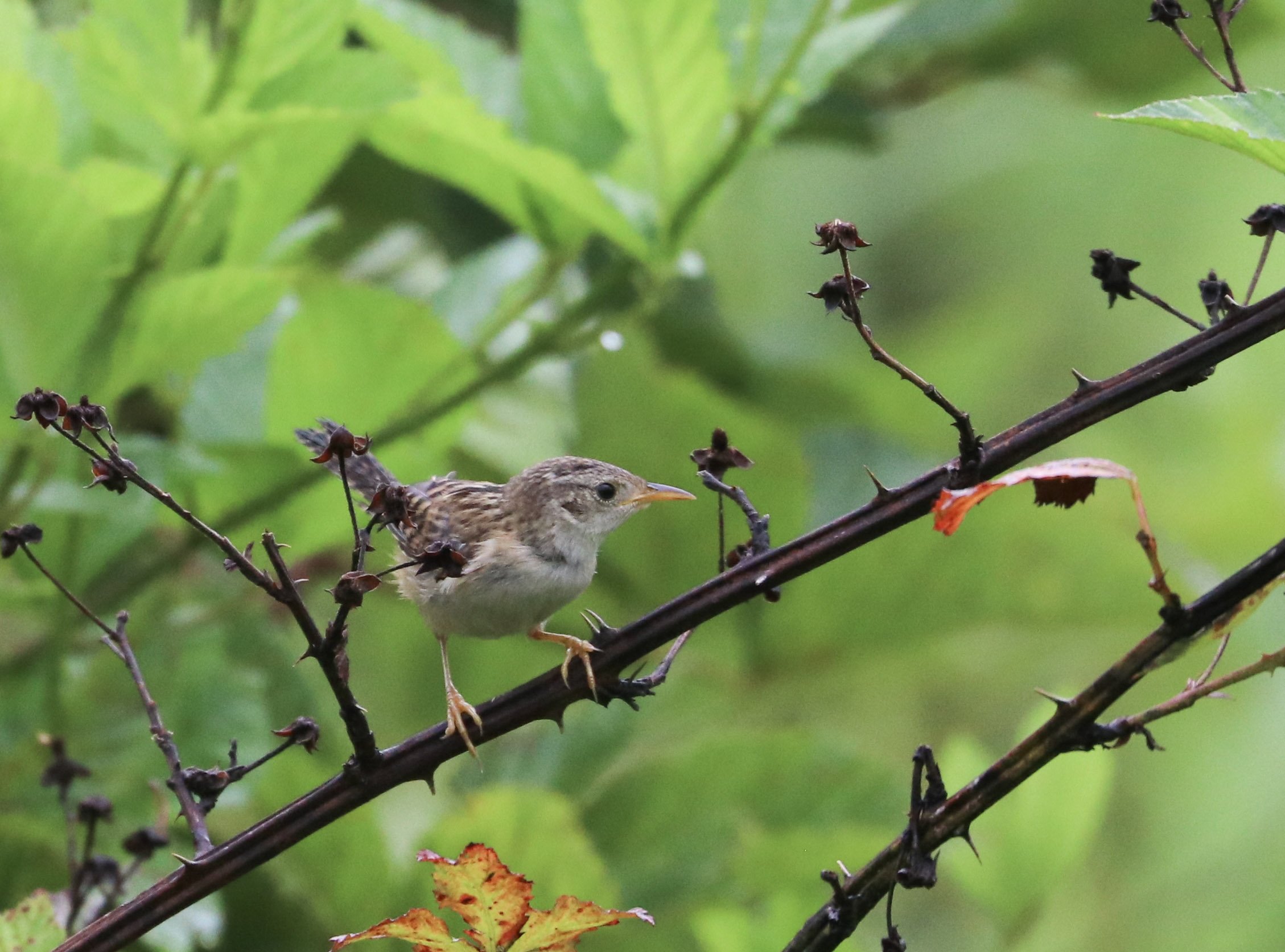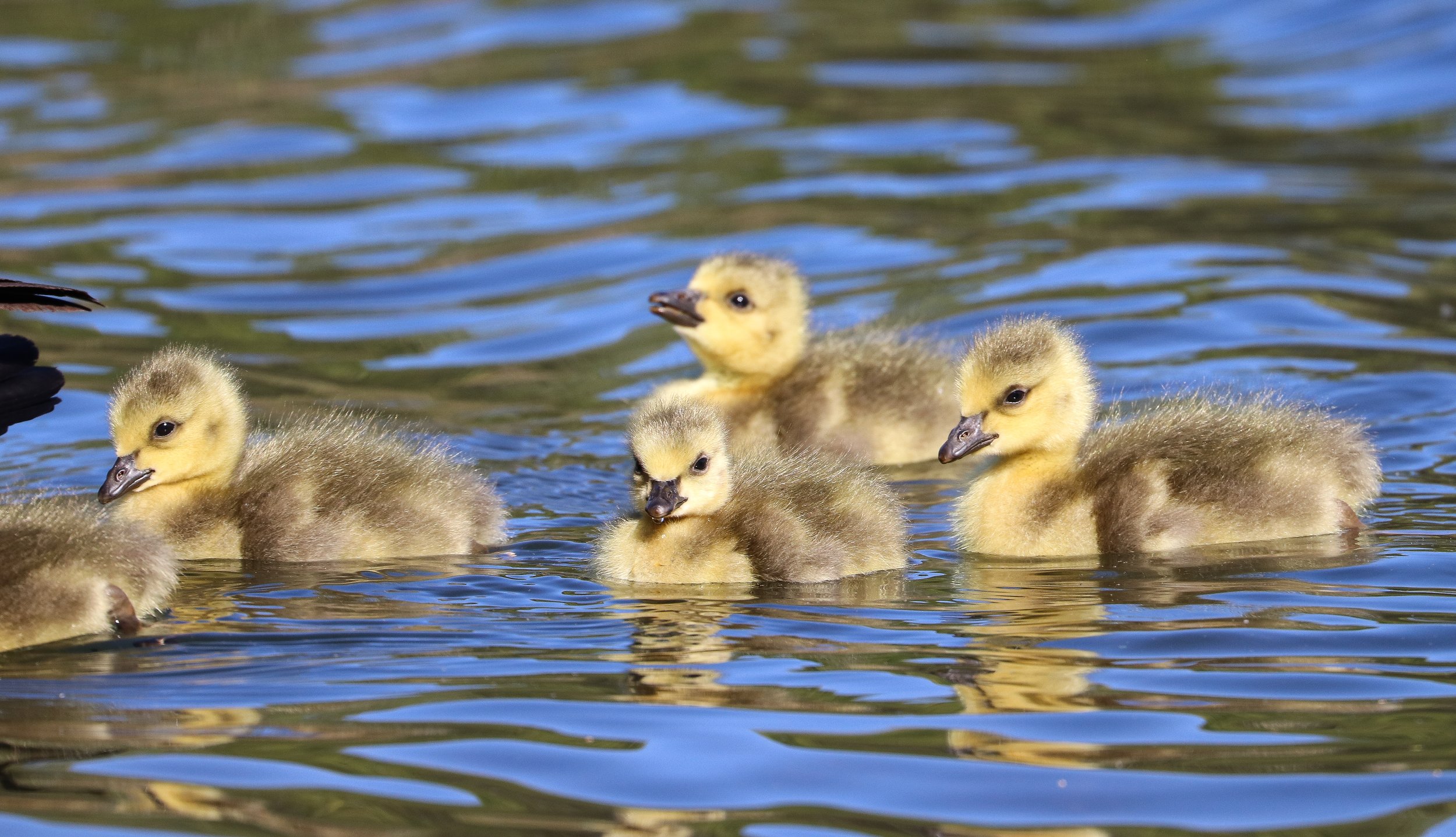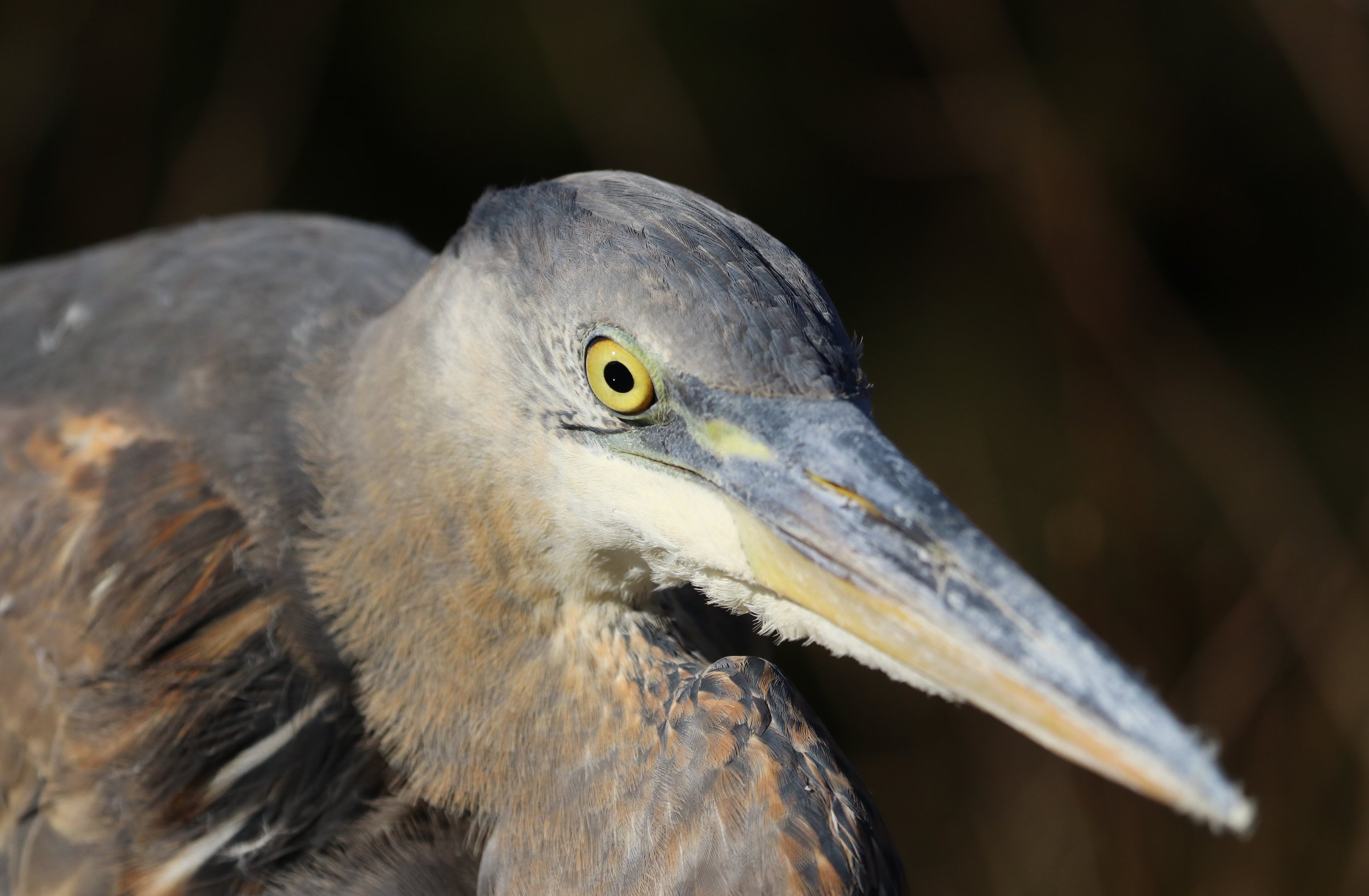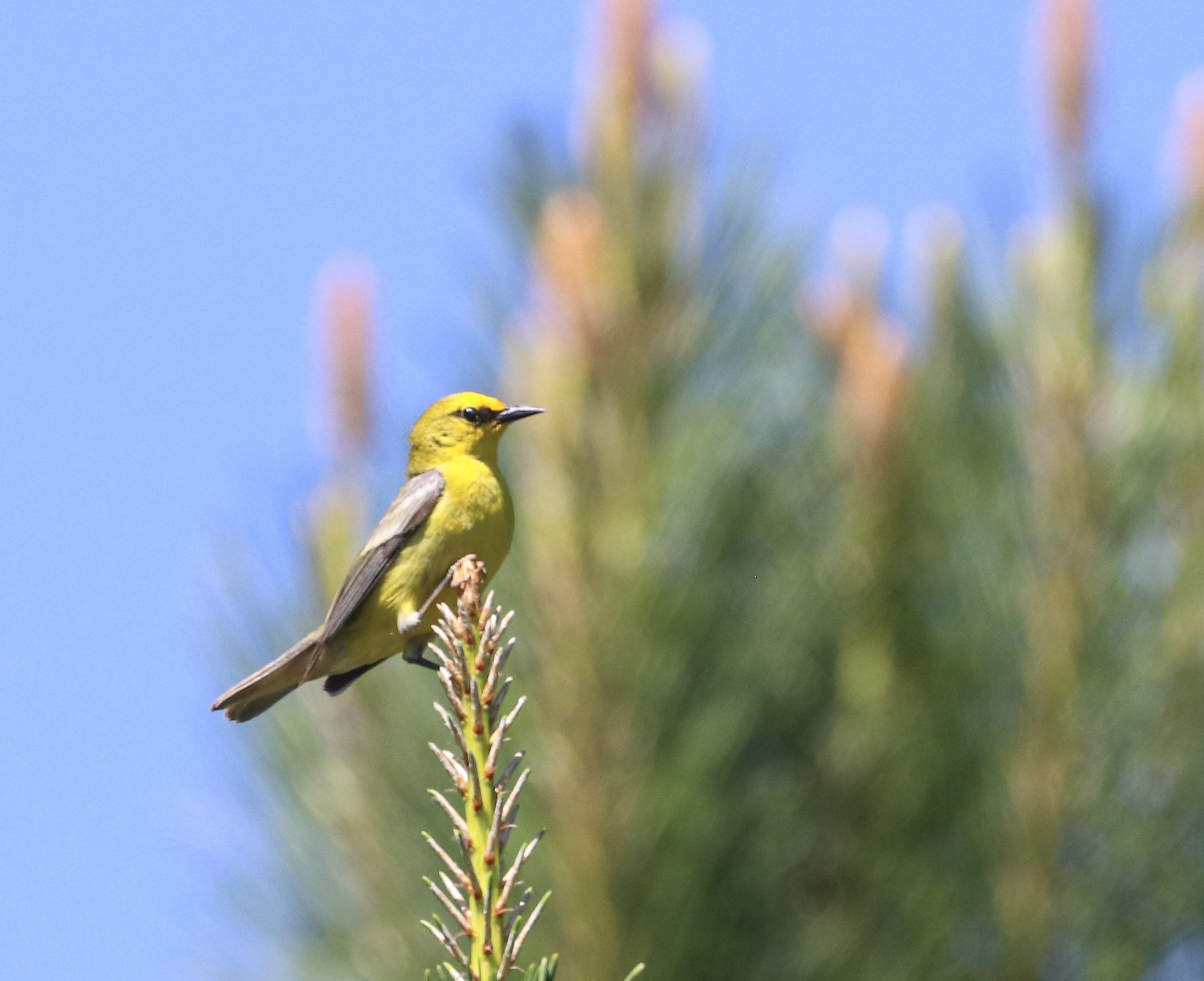This hotspot has been created to consolidate eBird data from one of the over 40 highway rest areas maintained and operated by the Virginia Department of Transportation (VDOT). Currently there are rest areas along Interstates 95, 64, 66, 81, 85, and 77 and Route 13. Often (though not always) there are corresponding eastbound and westbound rest areas at roughly the same point; in these cases, a separate hotspot exists for each. Generally speaking, highway rest areas are not ideal places for birding due to both marginal habitat and excessive road noise. Most are relatively open with some tall trees, but may be bordered by more extensive woods or fields. In instances where a particular rest area has unique birding features, efforts will be made to point those out. Notwithstanding the often marginal birding, highway rest stops are of interest for traveling birders looking to drop in eBird lists along their route – hence the creation of hotspots to consolidate reports from rest areas.
Accessibility: All highway rest areas are free and open to the public 24/7. They have ample parking spaces and usually some mix of amenities typically including bathrooms and vending machines. Some may have more extensive facilities including pet areas, picnic areas with grills, and welcome centers with maps and other travel information. Specific information on amenities can be found by following the link below to the VDOT website.
Owner/Manager: Virginia Department of Transportation (VDOT)
eBird Hotspot: Charlottesville Safety Rest Area (Westbound)

